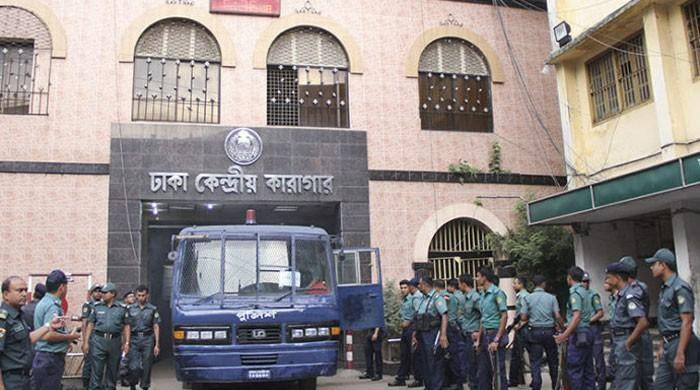Dhaka (Online): Bangladesh’s two-century old Dhaka Central Jail has now opened to the public after transformation as a museum, which once witness the country´s brutal history.
Many of Bangladesh´s most significant political prisoners have been incarcerated within the walls of the two-century old jail.
The last inmates of the 228-year-old prison in the capital´s old Mughal quarters were relocated in July this year, and the gates of the 35-acre (14-hectare) facility opened, allowing people to explore the jail for a 100 taka ($1.25) ticket.
Over the last two centuries, the jail -- the biggest in Bangladesh until it closed -- has been a central stage for much of the country´s history.
Scores of insurrectionist were hanged and their bodies left to rot in the 1860s following a rebellion against the British, which became known as the Sepoy Mutiny.
Thousands of political leaders who stood against the new rulers were detained in the prison after the British left in 1947.
Bangladesh´s founding leader Sheikh Mujibur Rahman, whose daughter Sheikh Hasina is the current prime minister, spent years in one of the jail´s cells, leading the country´s budding separatist movement from there until the 1971 independence war against Pakistan.
In November 1975, just months after Rahman was assassinated in a coup, army officers stormed the jail and killed four top political leaders, plunging the country into prolonged military rule.
Hasina and her sister, the only members of Rahman´s family who survived the coup, were among the first visitors to the newly opened jail.
The premier, who regularly visited her jailed father during the 60s, appeared overwhelmed with emotion as she visited the tiny cell where Rahman spent years. She spent some quiet time in their reminiscing about her father.
Home Minister Asaduzzaman Khan said there was a plan to turn the old jail into a historical and entertaining place, with schools, shopping centers, a park and museum.
Jail official Ashraful Islam said logistical problems prompted the authorities to shift the jail to a new compound just across the Buriganga River.
"The number of inmates were almost tripled than its capacity, the authorities therefore built the new jail and transferred them," Islam added more.
The famous historian Muntasir Mamun said, "The jail lies at the centre of Mughal Dhaka. It is a key witness to our history, right from the British Raj to the recent execution of the war criminals."
Mamun, who spent time inside the jail as political prisoner said, "It´s an important symbol of the independence struggle. It has housed thousands of state prisoners and saw the hangings of thousands of them."


